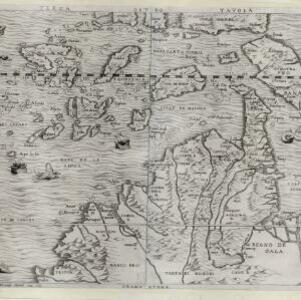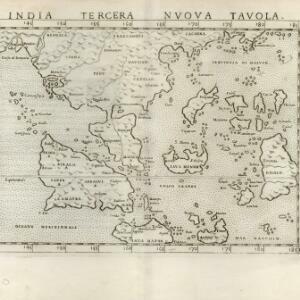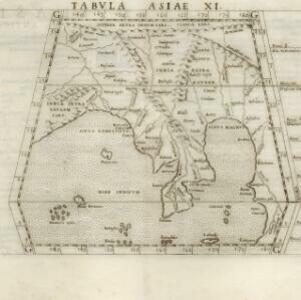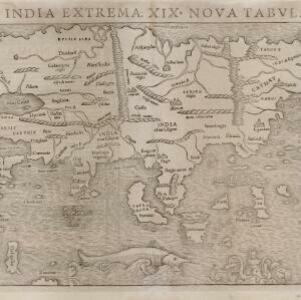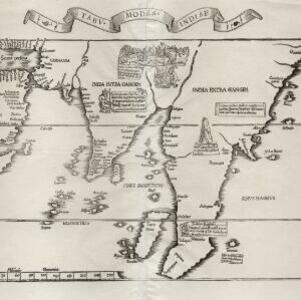
Asia secvnda pars terræ in forma Pegasi
1581
Cambodia, Laos, Malaysia, Thailand, Vietnam, Myanmar
This map depicts Asia in the form of the mythical winged horse Pegasus, with mainland Southeast Asia being represented by the left hind leg. It is from the German theologian Heinrich Bünting's book of woodcut maps ‘Itinerarium Sacrae Scripturae’.



